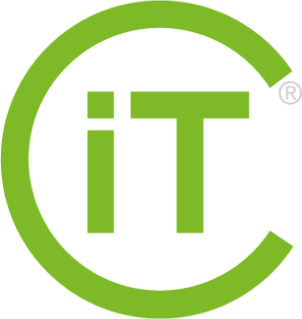LOTO | Different Types of Locks for Different Purposes


Change management in EHS: Engagement VS Disciplinary Actions
1 December 2016
Plan, Do, Check, and Act are the four steps from the famous Deming wheel that help us build a more efficient health and safety management system. The wheel reminds us first to identify what we need to manage (i.e. our risks), to implement the right tools to manage them, to monitor and control their implementation and, finally, to ensure the continuous improvement of all these elements which make up our EHS management strategy.
This is easier said than done as many factors come into play during its implementation. This article focuses on one of the key elements leading to the success of such a strategy: change management.
A sound and efficient change management can be summarized in six main points:
In this article, we will focus on stakeholder engagement, which we will present in opposition to another concept: repression.
Engagement is a word we often hear in companies but it is very difficult to implement and quantify. In the absence of engagement, many companies will turn to repression or discipline to apply an EHS strategy. This is entirely normal and necessary. A company trying to implement an EHS strategy should arm itself with policies including sanctions against employees who do not follow said strategy. Then, all that is left is to ensure you “walk the talk”.
Why is it necessary to implement a “policy of disciplinary and administrative measures”? Because there will always be recalcitrant individuals, regardless of the efforts to engage them. But let us not make this our main focus, as it would amount to putting 80% effort to get 20% of the results. In fact, the results of repressive methods are generally short term. Why? Because these methods are demotivating and generally do not address the problem at its source. In business, when one speaks of “policy of disciplinary and administrative measures,” it usually refers to the implementation of progressive disciplinary measures. This means punishing the recalcitrant employee and hoping to improve his performance.
The general process is made up of 4 steps: verbal warning, followed by one or more written warnings, sometimes followed by a suspension and ultimately dismissal. Is it motivating? Not for most people. Is it tedious and does it need to be repeated over and over again? Definitely.
So how do we reverse this 80/20 ratio and thus, reduce the burden of this kind of disciplinary work? The answer is by putting the emphasis on, above all else, the engagement of the employees.
Why engagement? Because the impact of successful engagement will have long term results and greatly promotes the presence of a positive atmosphere within the company. Engaged employees are more inclined to follow the rules and policies, and make them a part of their routine. Furthermore, successful engagement is much less tedious to maintain.
But what is engagement and how do we make it happen? Engagement is the action of bringing together and galvanizing energies. In our case, it means bringing together people around a common cause: safety.
Now that we know what engagement is, how do we achieve it? Here are few general ways that can help you.
In short, you will greatly reduce the amount of work related to disciplinary actions by putting an emphasis on employee engagement in the early stages of development of your EHS strategy. However, you cannot completely escape from this duty if you want to be consistent with your policies. That said, when you face such situations, it is important to bear in mind that, if you limit yourself to applying sanctions, you will have difficulty solving your problem permanently. The key is to find the problem by taking the time to ask questions. Why? So that you can discover the
source, which then gives way to the responsibility of the employee and eventually his/her engagement.